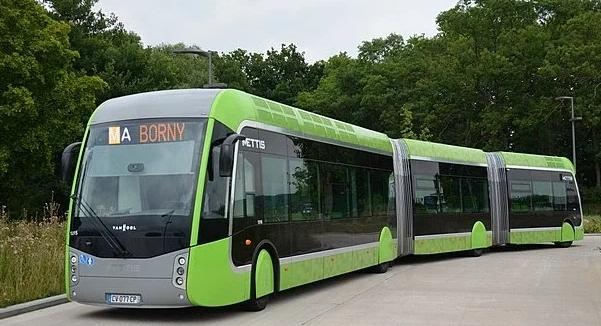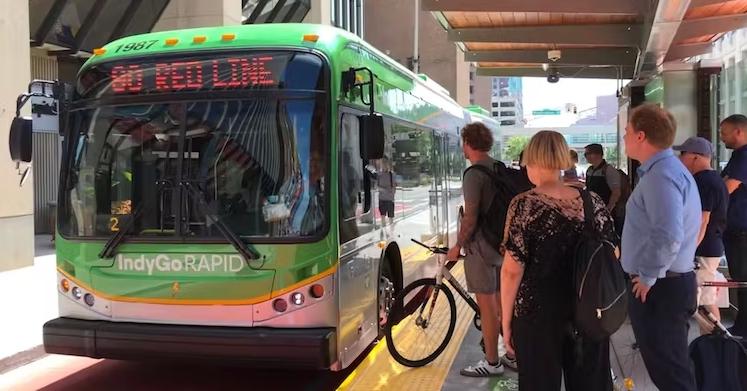By Nicholas Dagen Bloom, Professor of Urban Policy and Planning, Hunter College
The US, once a frontrunner in bus transit, now lags with its ageing and underfunded public transit systems, further exacerbated by the Covid-19 pandemic.
While many solutions gravitate towards cutting-edge technologies, the traditional city bus presents a promising remedy.
Unfortunately, due to the lack of adequate funding and prioritization by city, state, and federal leaders, the true potential of buses remains untapped.
Historical Neglect and Misplaced Focus
Historically, the narrative, as depicted in “The Great American Transit Disaster”, showcases a glaring neglect of bus riders’ experiences.
Rather than bolstering bus services, there has been a penchant for investing in new light and commuter rail lines, hoping to lure suburbanites back to urban centers.
Such rail-focused initiatives have largely proven inefficient, especially in the post-pandemic era. Meanwhile, European and Latin American nations excel in offering exemplary bus services.
The Bus Revival
However, the tide seems to be turning. A realization is emerging among US cities about the pivotal role buses can play in public transit’s future.
Further, the Bipartisan Infrastructure Law of 2021 promises a hefty investment in new buses and their requisite infrastructure.
Buses can rectify the car-centric shortcomings of the US transportation system, catering to the unmet transit needs of many.

Buses: The Pioneering Disruptors
Rewinding to a century ago, motorized buses were seen as groundbreaking. Their ability to swiftly traverse newly-paved roads made them a preferred alternative to ageing streetcars.
As a result, by 1930, the American bus ridership surged to a staggering 2.5 billion annually.
Over time, buses became an economical choice for transit companies, and by the 1960s, most US streetcar lines were replaced by buses. This trend was not unique to the US; cities across Europe expanded their bus services too.
US’s Misaligned Transportation Priorities
Regrettably, US investments during this era were predominantly directed towards highways for private cars.
As a fallout, without tax subsidies, bus networks couldn’t compete against affordable cars and expansive highways. As a consequence, post-war US cities had ageing buses, infrequent services, and congested streets.
This shift led to a dramatic drop in transit ridership between 1945 and 1960, with buses being primarily concentrated in central-city areas, catering to a predominantly nonwhite, low-income demographic.
The Modern Bus Renaissance
The global landscape now provides ample inspiration for rejuvenating US bus services.
Curitiba in Brazil, during the 1970s, introduced the innovative bus rapid transit system. The city popularized bi-articulated buses, now widely adopted in Europe, Latin America, and Asia.
Technological advancements, like contactless payment systems, especially in cities like London, highlight the significance of political endorsement for public transit.
With rising car ownership costs, buses are the most feasible solution to cater to the transit needs of millions in the US. Expanding bus networks would provide an affordable and efficient solution to many American families.
US’s Emerging Innovations
Even amidst the pandemic-induced ridership crisis, cities like Seattle, San Francisco, New York, and Indianapolis show promise in revitalizing their bus networks.
There’s a growing focus on introducing exclusive bus lanes, ensuring frequent services, facilitating easy transfers, and covering a broader geography.
To ensure these innovations have a lasting impact, they must be backed by adequate subsidies. Buses may not surpass cars in speed or convenience, but they undoubtedly can offer superior transit options than they currently do.



